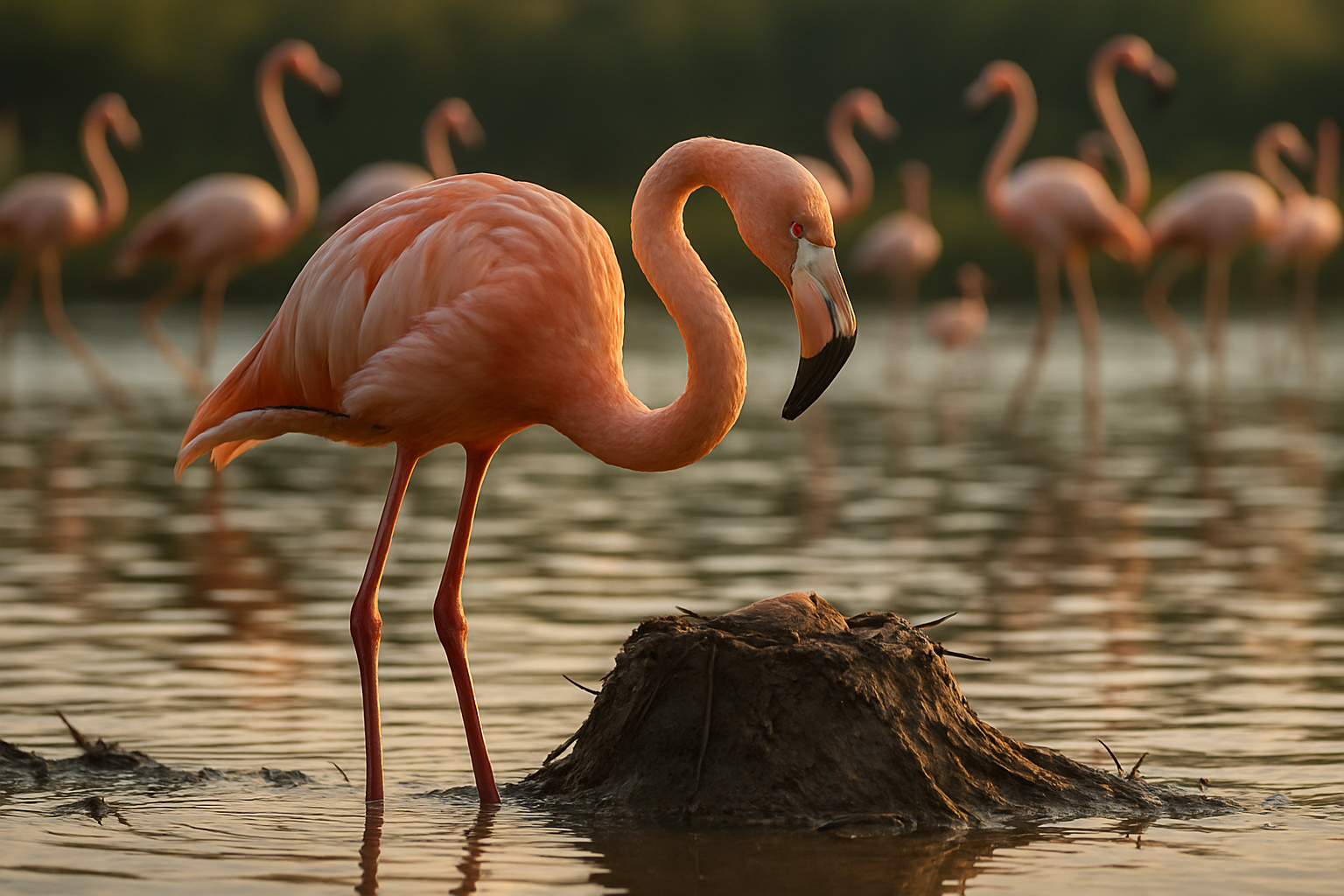Breaking Down the Wall: The Art of Marathon Pacing
Marathon racing, a sport that pushes human endurance to its limits, is a spectacle that combines grit, determination and a carefully honed strategy. The process of pacing in a marathon, a technique crucial to achieving optimal performance, is an intriguing aspect of this sport worth exploring.

Unravelling the History of Marathon Racing and Pacing
The marathon, a race spanning 42.195 kilometres, traces its roots back to ancient Greece. The concept of pacing in a marathon, however, is a more modern phenomenon. Initially, runners would run at their fastest possible speed, often leading to exhaustion before the race’s conclusion. As the sport evolved, so did the strategies employed by runners, leading to the birth of pacing.
The Current Landscape of Marathon Pacing
In today’s competitive world, marathon pacing has become a science. It involves maintaining a steady speed throughout the race to conserve energy for the final sprint. Elite athletes often rely on pacemakers (fellow runners who set the pace for the initial part of the race) to guide their strategy.
The Benefits and Challenges of Marathon Pacing
Marathon pacing offers numerous benefits. It allows runners to manage their energy reserves efficiently, enabling them to maintain a steady speed without hitting the dreaded ‘wall’—a state of extreme fatigue caused by the depletion of glycogen stores in the muscles.
However, pacing also presents challenges. It requires a deep understanding of one’s physical capabilities, mental strength, and race conditions. A miscalculated pace can lead to early exhaustion or underperformance.
Marathon Pacing in Practice
Marathon pacing is not just for the elites. Amateur runners can greatly benefit from understanding and applying pacing strategies in their races. By training at a targeted race pace, experimenting with different pacing strategies, and learning to listen to their bodies, amateur runners can significantly improve their marathon performance.
The Marathon Pacing Research Landscape
The science of marathon pacing is continually evolving. Recent research has focused on areas such as the impact of weather conditions on pacing strategy, the role of mental strength in maintaining pace, and the influence of group dynamics on pacing. As our understanding deepens, it becomes increasingly clear that pacing is a critical component of marathon success.
The art of marathon pacing is not just about speed—it’s about strategy, endurance, and a deep understanding of one’s physical and mental capabilities. Whether you’re an elite athlete or an amateur runner, mastering this technique can be pivotal in achieving your marathon goals. As the world of sports continues to evolve, who knows what new pacing strategies we’ll see on the horizon?





